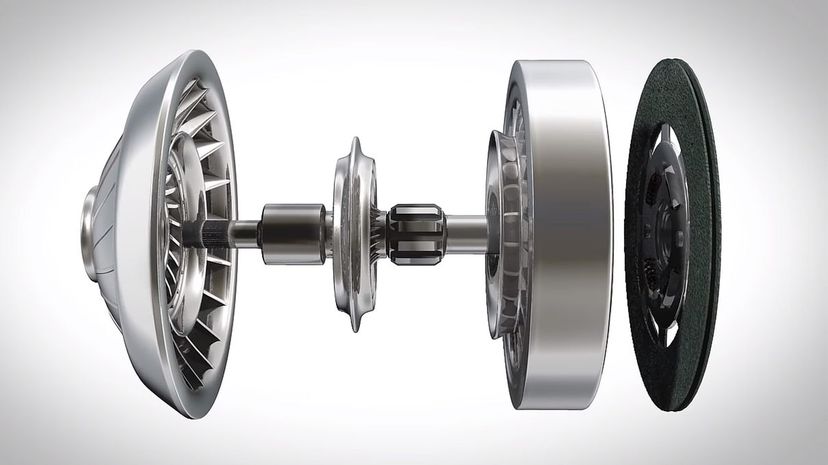
About This Quiz
"Are you a car enthusiast who thinks you know every part that goes into making a vehicle? Take our fun car parts quiz and put your knowledge to the test! From engines to transmissions, can you name them all? Get ready to rev up your brain and see how many car parts you can identify.
Did you know that Toyota once took the time to count every single part that goes into making a car and came up with a figure of around 30,000 parts? That's a lot of nuts and bolts to keep you moving on the road! So, do you think you can name all the essential components that make your car run smoothly? Take our quiz and find out!
From engines to spark plugs, radiators to brakes, do you have what it takes to name every car part in our quiz? Test your knowledge and see if you can identify them all. So, buckle up, get ready to play, and show off your car expertise in this exciting quiz!
"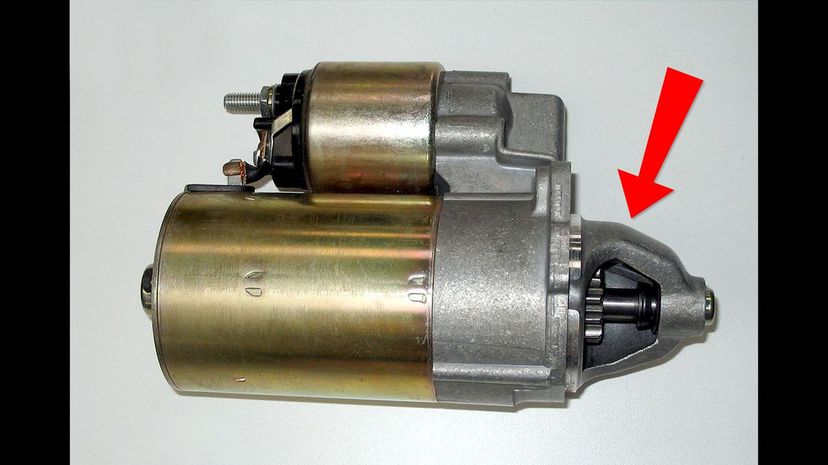
The starter initiates the first part of a chain reaction that makes an engine run. As you turn the key in your ignition, the starter taps the flywheel on the shoulder and politely asks it to turn. This rotation allows air into the engine, which enables the fuel to ignite; and therein begins the four-stroke process of intake, compression, combustion and exhaust.
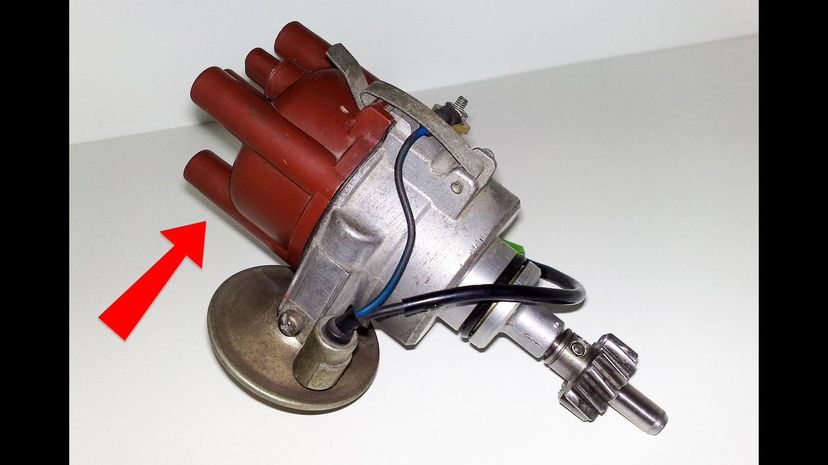
If a vehicle's engine were an outfit, the distributor cap would be the matching belt and shoes that tie it all together. The distributor cap allows an engine to run efficiently by instigating a spark at the exact moment the gases are at their most condensed. Symptoms of a failing distributor cap include an incredibly rough idle and difficulty starting the engine.
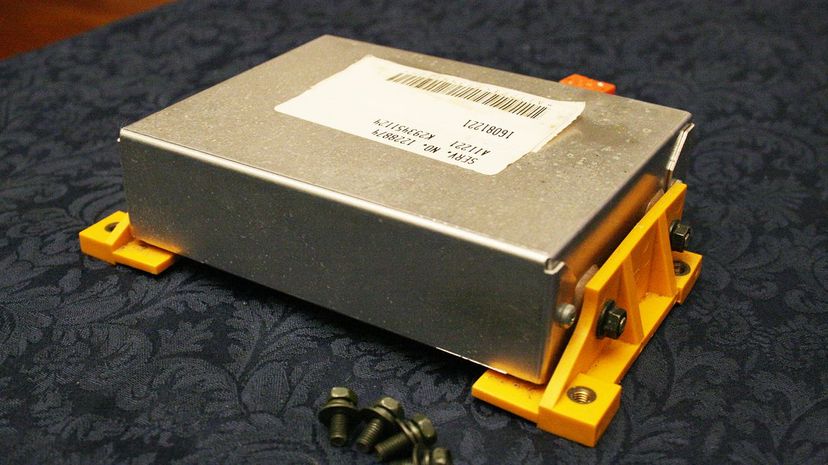
In the tragic event of an accident, this little chunk of plastic and metal signals an airbag to inflate. An impact sensor sends a lighting fast signal to the module, which then inflates the bags, all in milliseconds. The deployment of the airbag comes from a chemical reaction between a spark and nitrogen, not regular old air! It's pretty neat technology to save your noggin from knocking against the windshield!
Advertisement
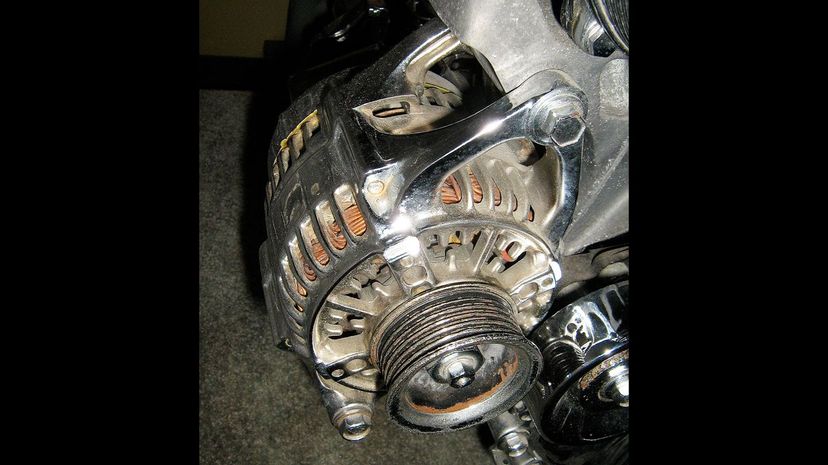
Vehicle batteries don't magically charge themselves, nor do they remain infinitely charged - they need a little help from this little guy, the alternator. As the engine runs, the crankshaft spins. Through a series of pulleys, brackets and belts, the alternator is spun. In a complicated process, the alternator creates juice for the battery, which in turn keeps your radio playing.
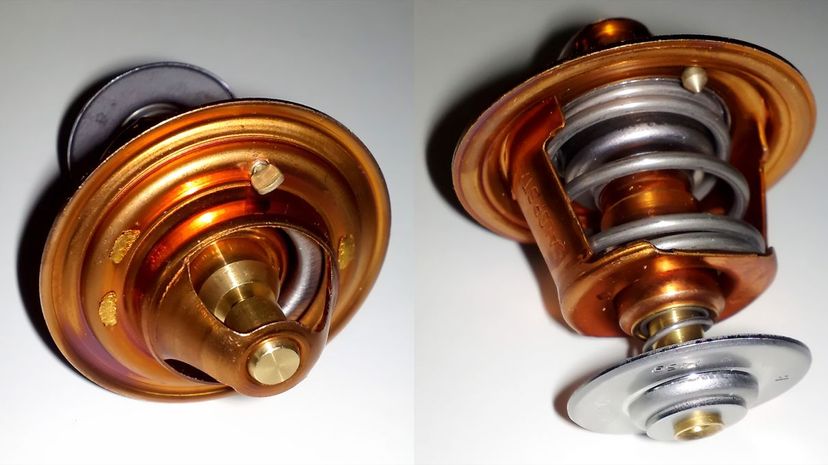
The primary function of a vehicle's thermostat is to keep your engine at the optimal operating temperature. Should the thermostat stick in the open position, your car will take longer to heat up because coolant is coursing through the system even though it's unnecessary. The thermostat could also get stuck in the closed position, which would prevent coolant from circulating and lead to overheating.
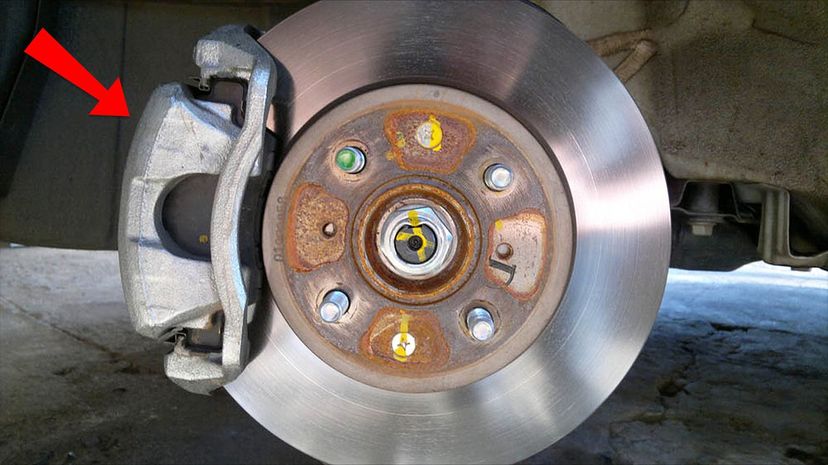
Without the brake caliper, no stopping would occur. The caliper pinches the brake pad into the rotor to create friction, which eventually brings the vehicle to a stop. An excellent way to see how a caliper works is to observe a motorcycle brake's pinching process. There are more advanced forms of brake calipers, but they all work on the same principle, to connect the pad to the rotor.
Advertisement
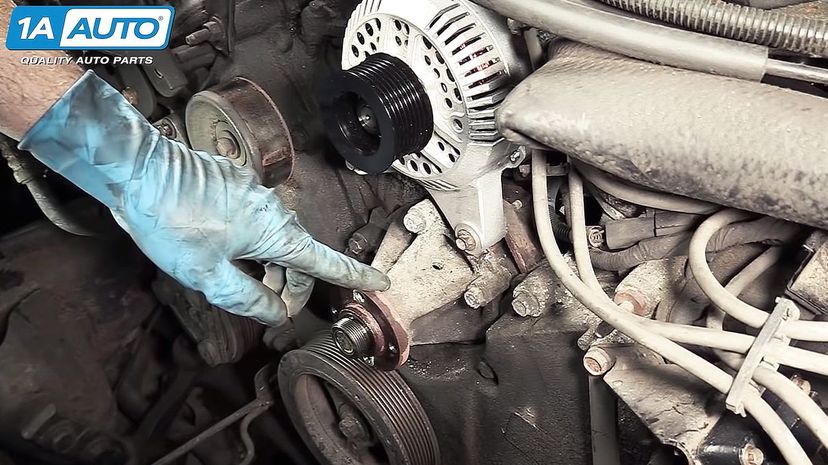
Don't be surprised when you hear that a water pump is a component that propels water through the engine block, radiator and various other parts to keep the engine from overheating. What may surprise you is that a water pump works by using centrifugal force. It slings water from a center point, much like the force your washing machine uses to get the water out of your clothes during the spin cycle.
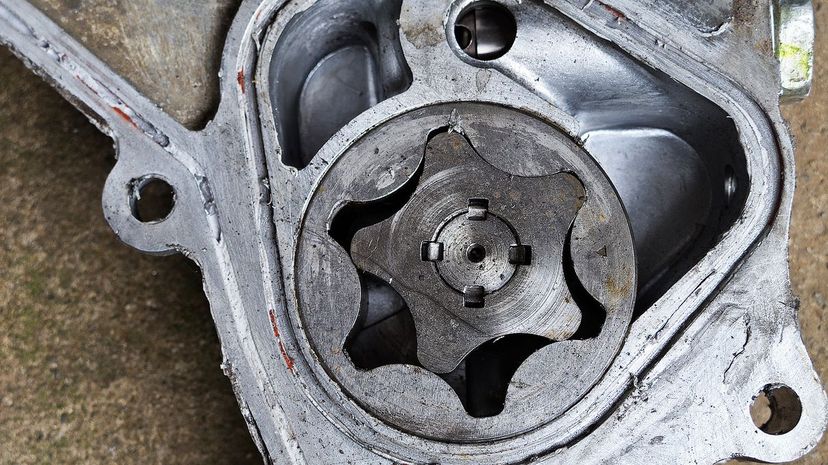
The oil pump propels its viscous fluid in a very different way than the water pump. Instead of flinging fluid through circular motion, precision-crafted gears move the oil in a more organized manner. As the gear inside the oil pump wears down, symptoms can become present, including low compression and an abnormally high operating temperature.
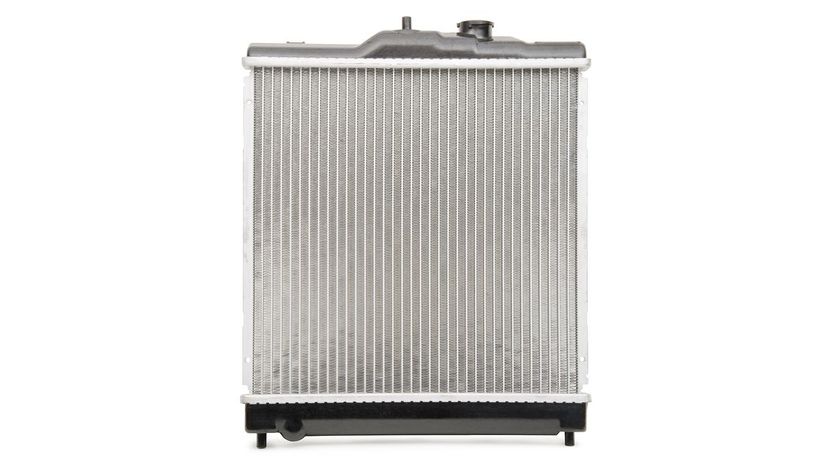
The radiator acts as a bladder for the entire coolant system. After the long journey through the engine bay, antifreeze takes a little rest in the radiator, where it takes a moment to cool off before being sent back to do the taxing task of keeping the hot engine at a comfortable operating temperature. Remember, never try to open a hot radiator cap!
Advertisement

It's hard to believe that the spark plug has been igniting engines for almost 160 years, but it's true! A Belgian engineer by the name of Lenoir utilized a spark plug in his invention, the internal combustion piston drive engine. Lenoir might have been the first to patent, but it wasn't until a few decades later that inventors like Robert Bosch and Nicola Tesla took the simple plug and turned it into something truly brilliant.

The piston acts as a plunger through the cylinder and creates the necessary elements of a four-stroke engine. As it travels in an endless cycle of ups and downs, intake, compression, combustion and exhaust all occur. A piston ring around the top of the piston creates a tighter seal between the piston and the cylinder wall.
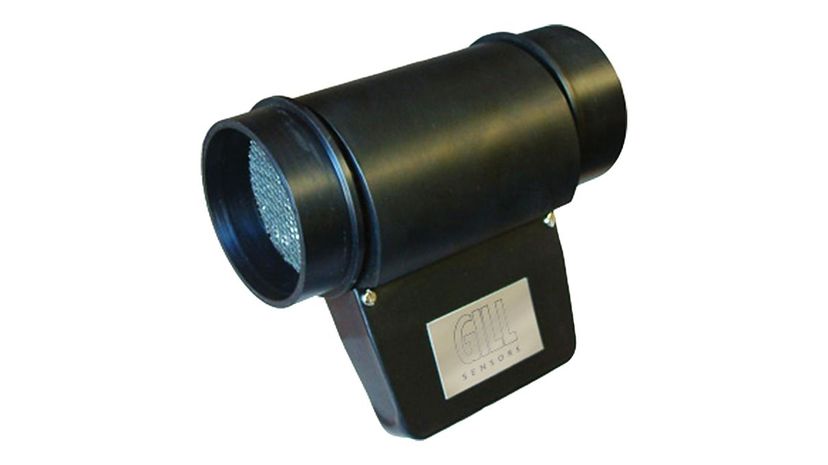
Your engine needs a few things to run, including air and fuel. Improper levels can result in poor performance or the engine not running at all. The mass air flow (MAF) sensor and the engine computer have an ongoing conversation for the duration of any engine cycle. This little mechanical chat is pretty boring, focusing on how much air the engine needs and how much is being consumed.
Advertisement
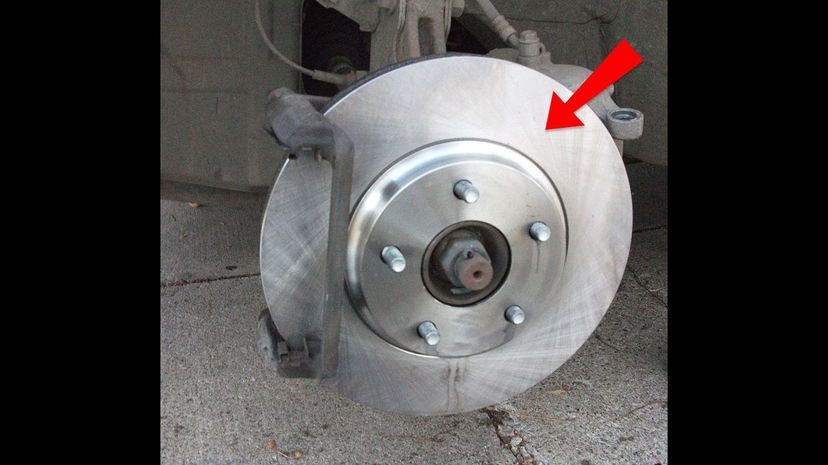
Brake rotors do a massive job for being such a small component of a vehicle. These flat metal discs get abused daily, being the target of the battering ram that is the brake pad. Withstanding massive friction, which causes incredible heat, rotors prevent your car from barreling into the car in front of you when you're tailgating. Next time you slam on your brakes, don't thank your lucky stars you're safe - appreciate your brake rotors instead!
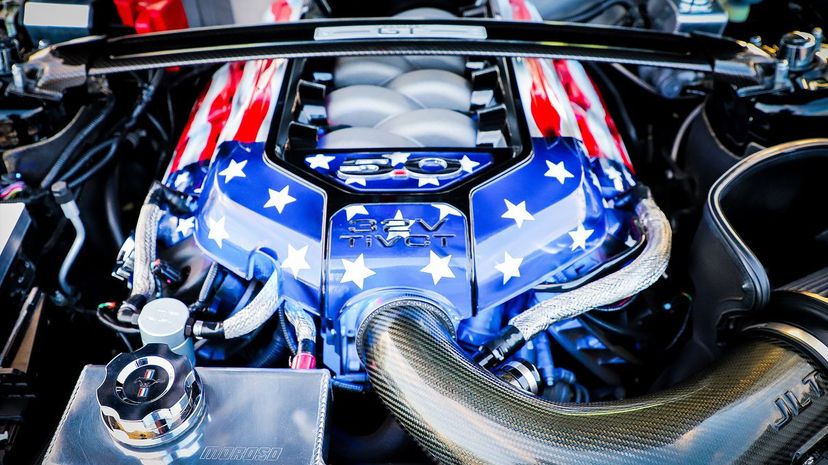
If you take a stroll through any car show, chances are you'll find a crazy variety of things to ogle under open hoods. There might be some shiny chrome air filters or period-correct decals, but nothing catches the eye quite like a bright splash of color on top of a mundane looking engine. A valve cover's job in the engine bay is just what the name denotes: It covers the valves to prevent debris from entering the well-oiled machine.

Much as Cam Newton has been the glue that held the Carolina Panthers together, the camshaft is what ties the engine together. As the camshaft spins, the connected lobes are responsible for opening and closing the exhaust and intake valves, depending on the piston position. Not all camshafts are created equal, with varieties like single and dual-overhead cams available as options.
Advertisement
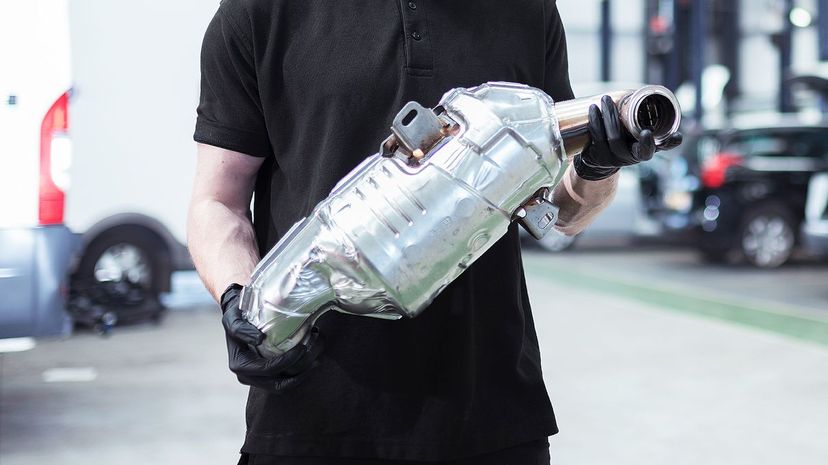
The catalytic converter is just a part of the exhaust system that helps reduce toxic emissions, and you wouldn't think it was anything special, right? In all actuality, the platinum and palladium it contains transform it from just another car part into a very desirable component to steal. On the scrap market, one can be sold for anywhere between $150 and $240!
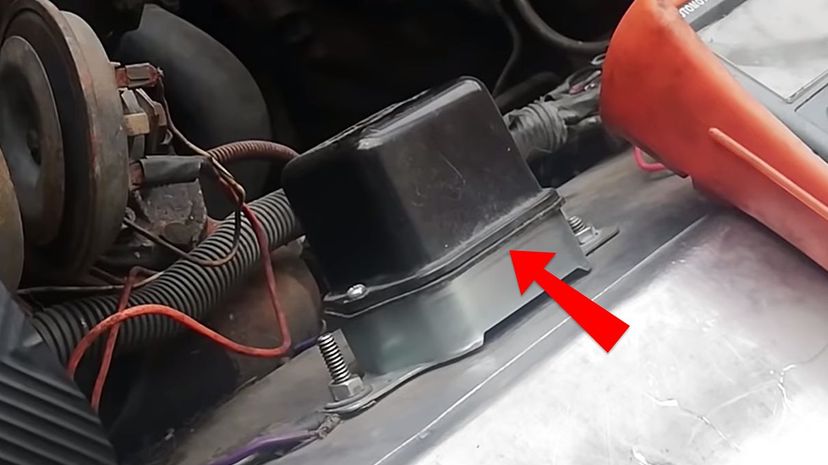
Many things factor into how much electrical load your car demands at any given moment. Aside from apparent electric-zapping accessories, such as the headlights, electrical needs can vary because of driving conditions or even the use of climate control. The voltage regulator's job is to make sure the alternator is charging the battery at the proper pace, depending on demand.
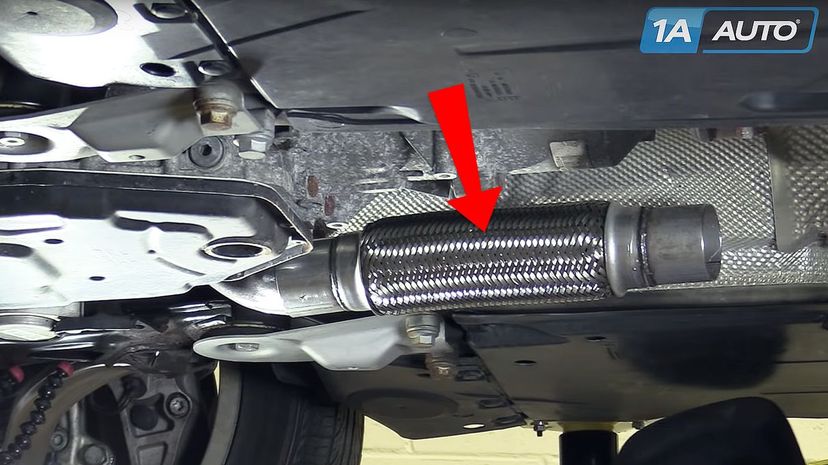
The process of flexing your pipes and what the flex pipe does aren't very different. When you're showing off your fresh workout, flexing your muscles creates a clear outline and changes the shape of whatever body part you're toning. The flex pipe takes similar feedback from the engine and yields to motion, creating a buffer between it and the exhaust.
Advertisement

If you're into the classic car scene, you've likely heard the terms "four-barrel" and "two-barrel." These words describe what kind of carburetor the vehicle has! This simple-looking part plays an integral role in mixing the perfect cocktail of fuel and oxygen into an incredibly explosive potion. As the piston travels downward, it draws this blend into the cylinder, where it then explodes.
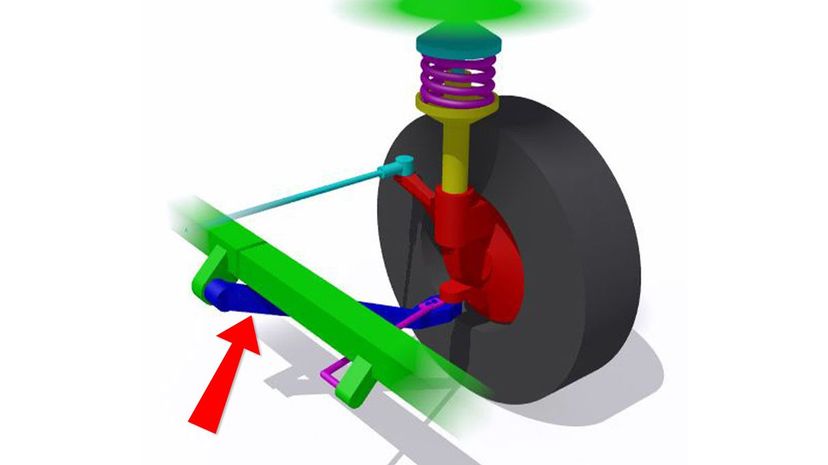
Next time you're driving along and have to turn your steering wheel, you can thank your control arm for allowing that to happen. The control arm creates the union between the stationary chassis and the suspension. If your steering wheel ever feels like it's trying to give you a vibration hand massage or if your steering becomes vague, chances are you've got a control arm on the way out.
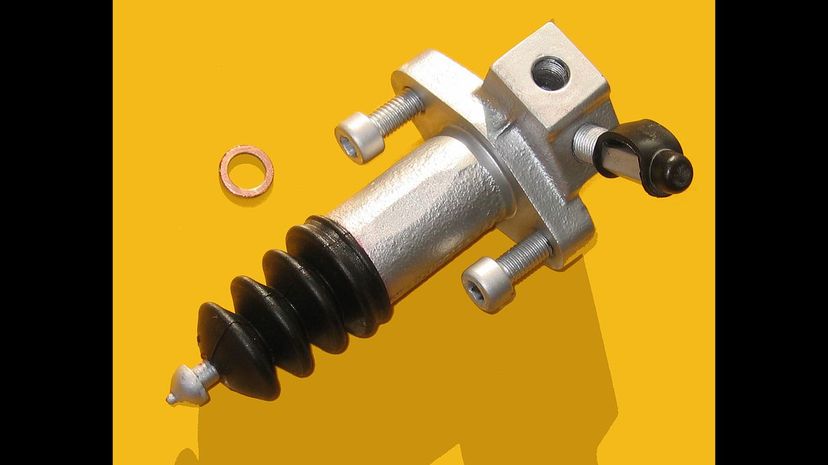
Because most modern cars are only offered with automatic transmissions, this part may eventually become extinct. The clutch slave cylinder is the mechanism on a manual transmission that connects the clutch pedal to the transmission. Without proper and precise communication, shifting becomes difficult and gears grind.
Advertisement
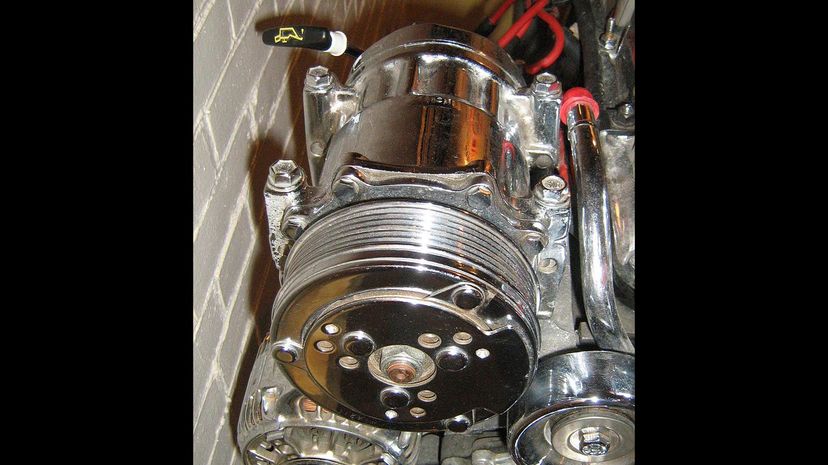
The cooling system of an automobile is a complex set of components working together to blow cold air in your face. The compressor is the epicenter of the whole process, and without it functioning correctly, that cold air that you want would be of ambient temperature instead. As the name states, the condenser takes the refrigerant and pressurizes it before sending it on to the evaporator.
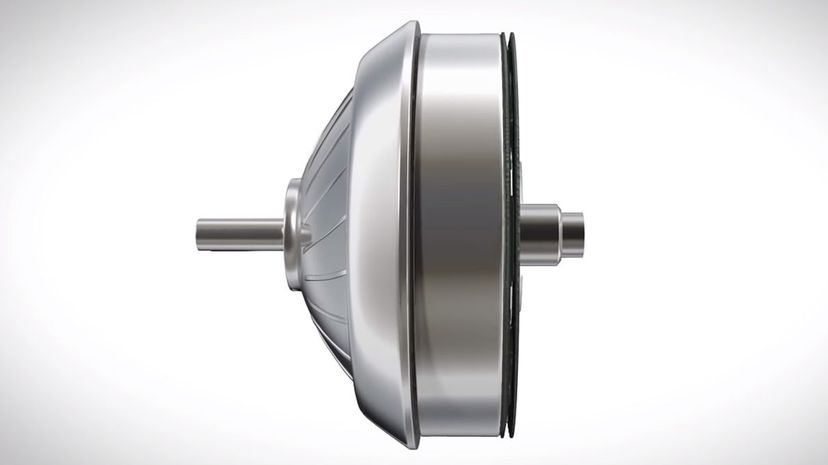
Although a "torque converter" sounds like it has something to do with assisting you in peeling out, it's more about keeping your engine from stalling. When your motor is working away, it really wants to send power to the wheels, but what happens when you come to a stop? The torque converter saves the day by telling the engine to leave the transmission alone, which in turn allows the engine to run but the wheels to remain stationary. This is an incredibly rudimentary explanation, but if you'd like to learn more, head to the internet!
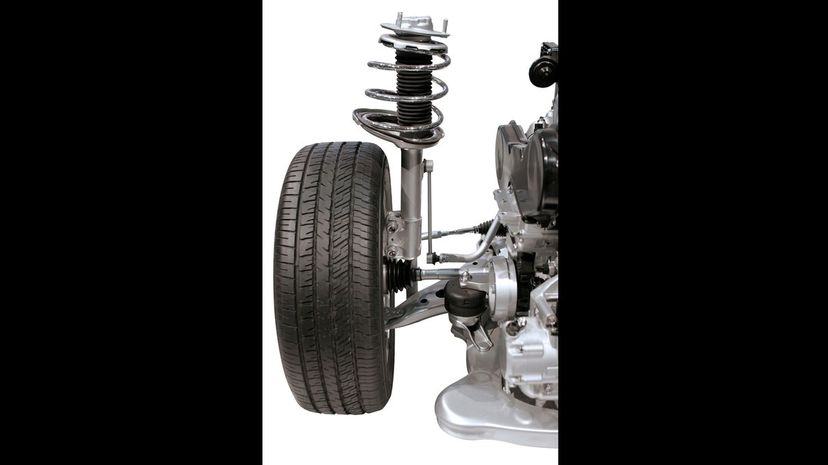
As we age, our joints start to give out because of wear and tear, and vehicles have similar parts that wear after prolonged use. A vehicle's struts are very similar to our very own knees because they absorb impact. As your car rolls over bumps and potholes, struts work to maintain as smooth a ride as possible. They really should be called auto-knees!
Advertisement
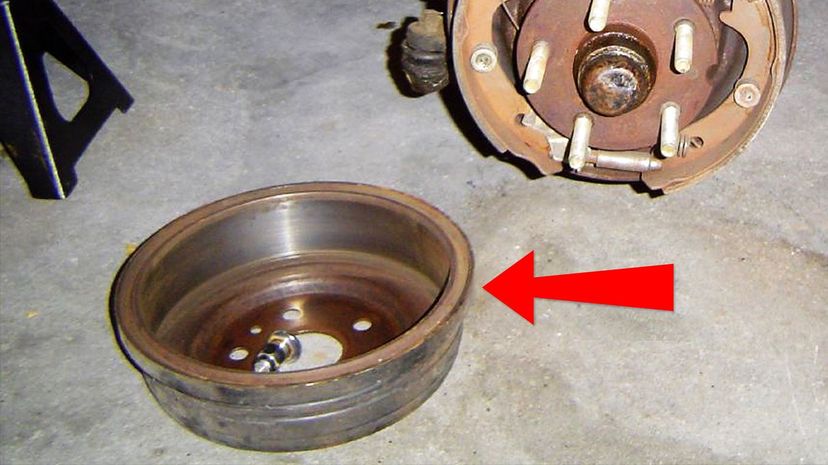
Disc brakes and drum brakes do the exact same job but in very different ways. While disc brakes use pads, drum brakes use shoes. The shoe clamps down on the drum, creating friction and resistance, providing the force behind the stopping power. These days, most cars have disc brakes.
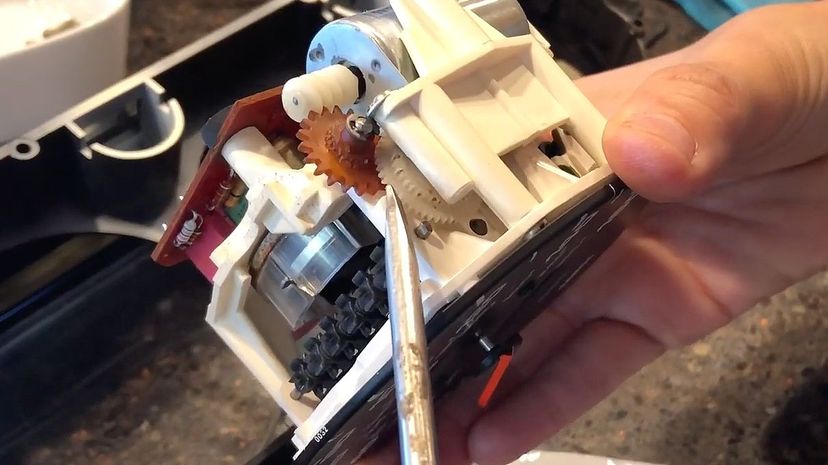
Have you ever wondered how your car can keep track of how many miles you've driven? If so, you have this little gear to thank! For every rotation of your tires, there is a small gear that cranks away at that odometer, keeping track for you. Many older vehicles were equipped with odometer gears made of plastic that can become brittle or break over time, making the odometer less than reliable or accurate.
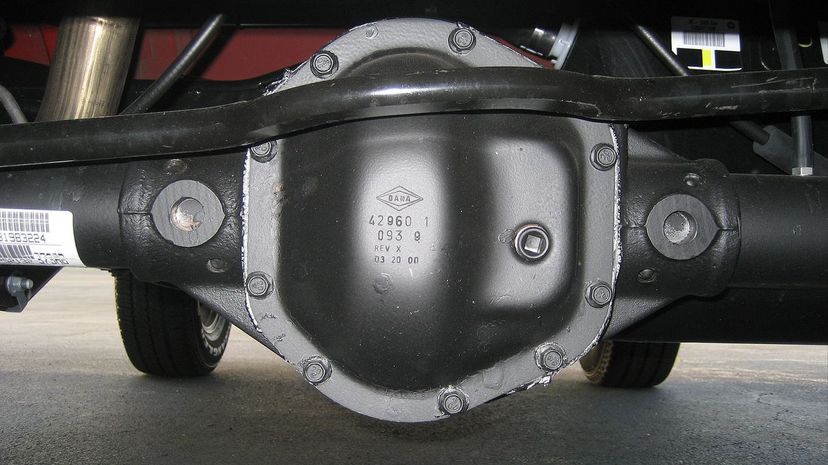
If you've ever tried to ride a tandem bicycle, you know that working together is key to success in travel. An automobile isn't too much different. Without the wheels on both sides of the car working together, it would be an awkward and uncomfortable trip. During a turn, for example, one wheel on an axle will need a little more spin than the other. That's where the differential comes in! It sends power from the engine to the wheels that need it.
Advertisement
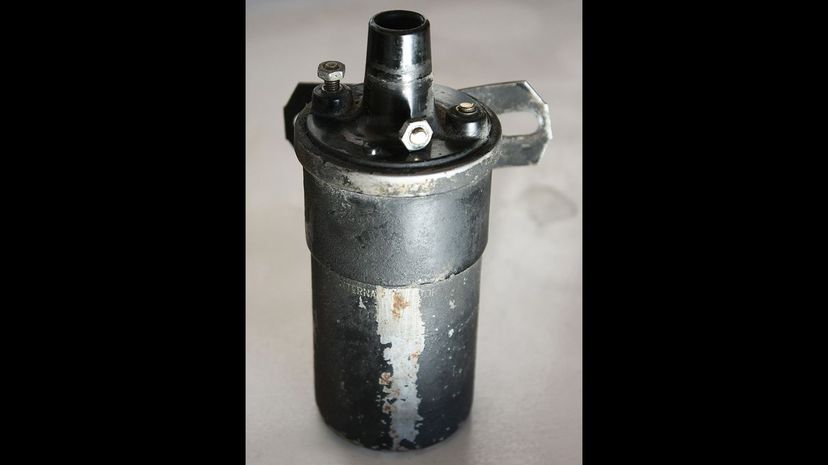
A spark plug needs approximately 20,000 to 30,000 volts of electricity to create the spark necessary to ignite the fuel. The ignition coil takes power from the battery and pairs it with the spark plug. Where there's no spark, there's no fire. When an ignition coil fails, it throws the whole cycle out of whack, causing the engine to run poorly, if at all.
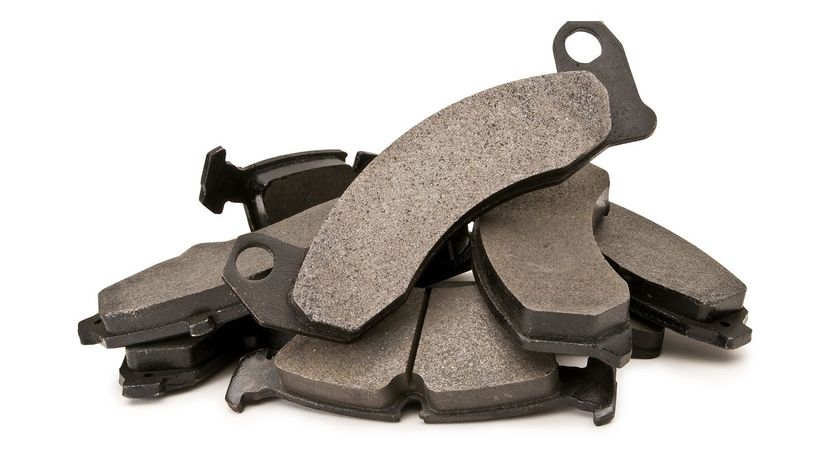
If you think all brake pads are created equal and the auto parts store is just trying to upsell you, think again! Brake pads can range from being incredibly affordable semi-metallic sets to top-of-the-line carbon fiber units. Depending on your driving style, experts recommend that you should swap out old pads for new every 40,000 miles. The hard part is selecting which ones you want!
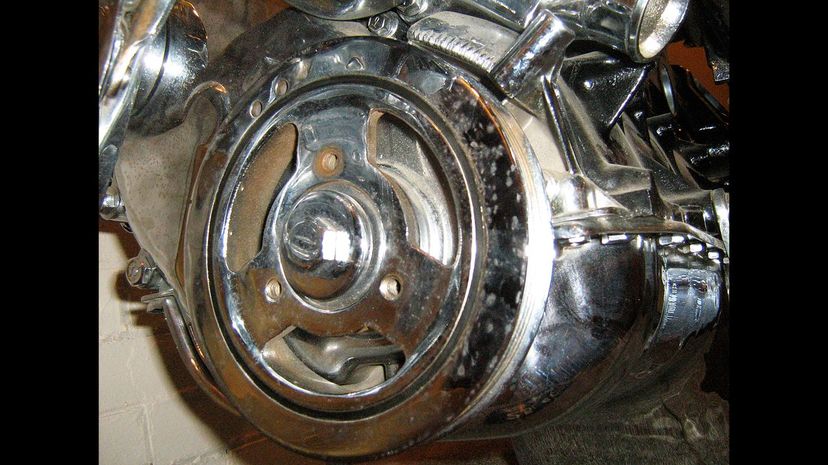
A lot is going on in an engine while it's running. Exploding chambers, pushing pistons and rotating pulleys all create a sort of physical static that needs to be kept in check to keep everything running smoothly. The harmonic balancer does just that, using either rubber or fluid to compensate for the bouncing of the engine. If you want to go looking for yours, take a peek at your crankshaft. We'll wait!
Advertisement
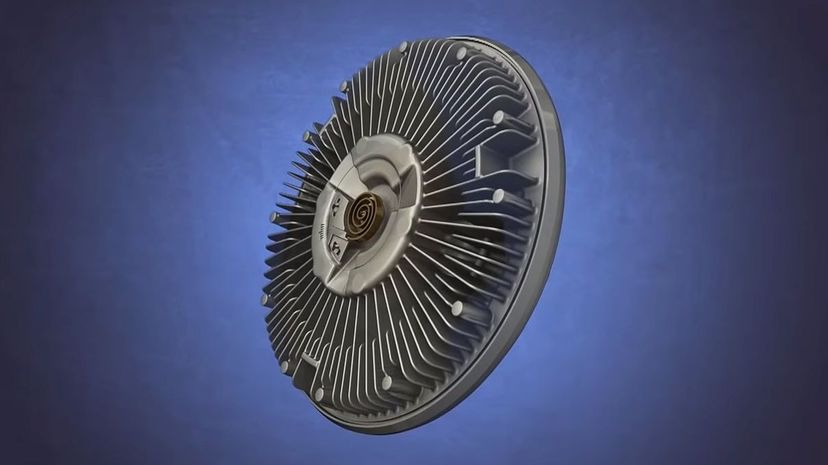
The fan clutch is a pretty simple device with an even simpler purpose: to keep the engine cool. If you're ever sitting in your car at idle for an extended period and hear a click and then whirring, that's your fan clutch doing its job! Since there is no air passing over the engine and cooling it naturally, the fan has to replicate the air movement to keep the engine from overheating.
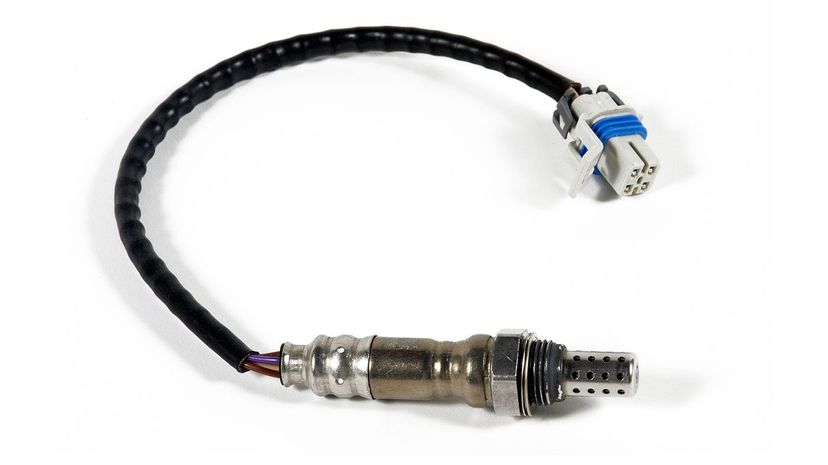
In a move to improve emissions and implement some form of smog control, every car sold in the United States is equipped with an oxygen sensor. This little component plugs into the exhaust system and keeps tabs on what your engine is spitting out. If your motor isn't burning the perfect amount of fuel to air and is letting too much slip out the tailpipe, the sensor informs you in the form of a dashboard light. It's common but unwise for drivers to ignore an engine light, thinking it's just a little note from the emissions nanny.
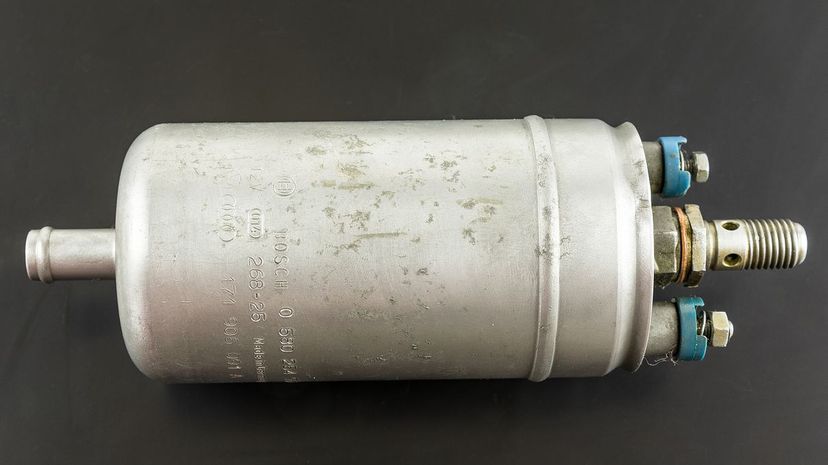
Your car won't go very far without a steady supply of fuel, and that's where this pump comes in! Older vehicles were equipped with a fuel pump connected to the crankshaft, which delivered fuel whenever the crank was spinning. These systems were slowly replaced by electronic units, which are now being replaced by electric vehicle technology. What would Henry Ford think?
Advertisement
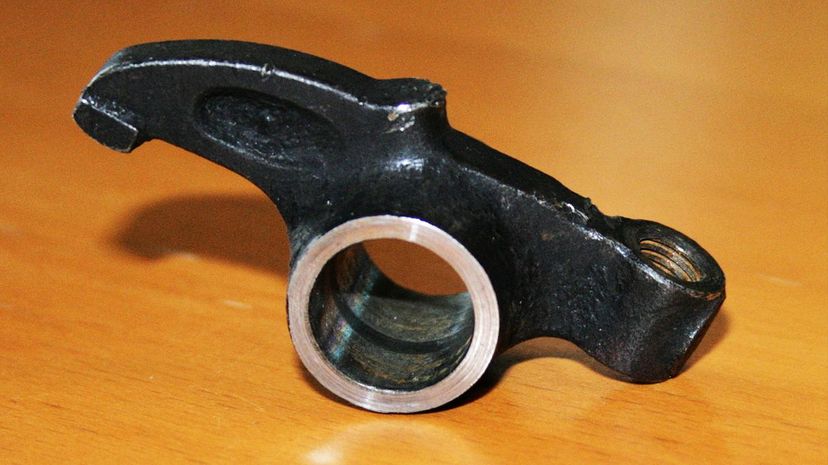
The job of these little arms is quite tremendous in the grand scheme of how an engine runs! They are the hard-working organs of the engine that open and close the valves. Rocker arms are made of incredibly durable steel and can withstand the tremendous pressure associated with trying to close a valve. The Red Rocker himself would approve of the heavy rocking the rocker arm does.
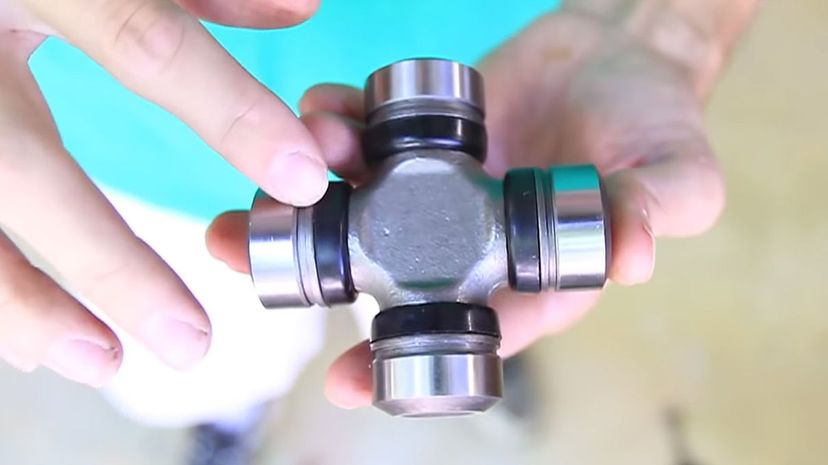
The U-joint, also known as a universal joint, is responsible for keeping your driveshaft connected to your transmission. The driveshaft itself is a solid, spinning component between the front and rear of a vehicle. The U-joint creates a hinge to offset movement and allows for smooth power delivery to the drive wheels.
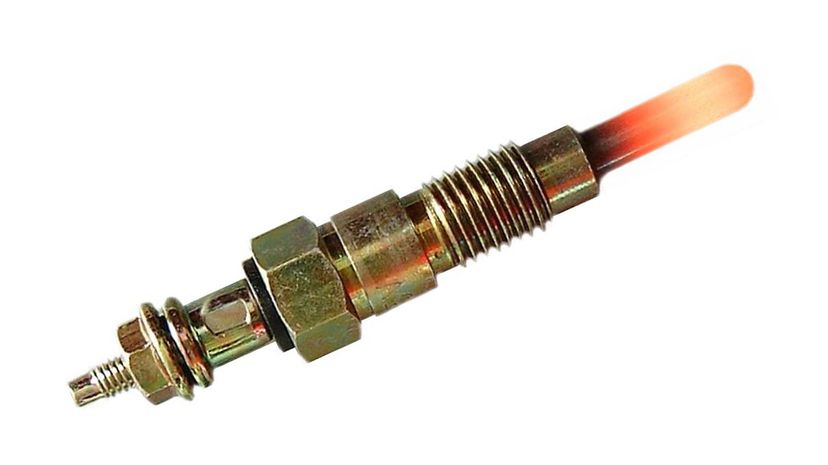
A diesel engine might look similar to a regular gas engine, but deep down inside, it's a complicated beast. Instead of spark plugs, which create a violent explosion, the diesel engine has glow plugs that heat the highly compressed air in the cylinder, making it that much more explosive. When you hear the word "heat," think somewhere along the lines of 1,000°F.
Advertisement
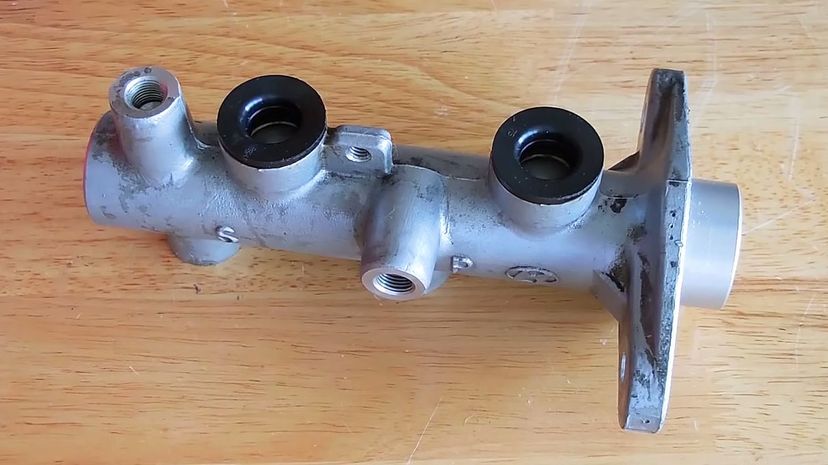
You've heard plenty about the frictional force behind braking systems, but now it's time for the hydraulic part! Without the compression of brake fluid by the master cylinder, the calipers wouldn't be able to pinch those pads to make friction in the first place. If your brake pedal ever becomes soft and unresponsive, the culprit might be a failing master cylinder.
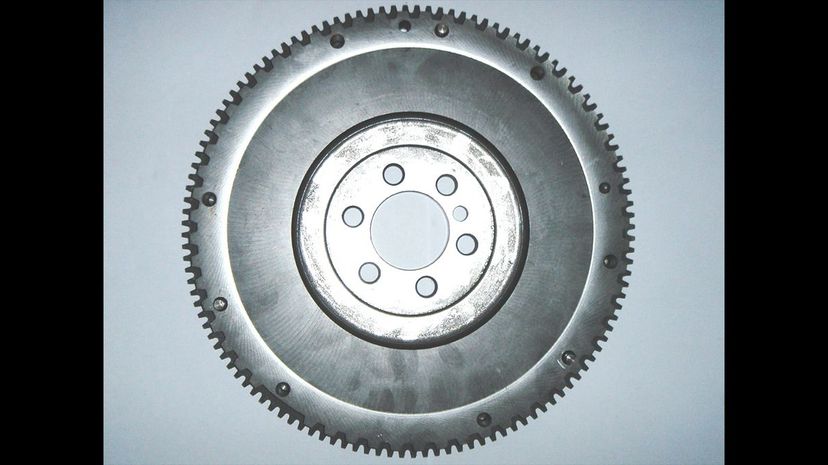
Much as the harmonic balancer compensates for the thrusting and spinning of the engine and keeps things running smooth, so does the flywheel. The flywheel gains inertia from the spinning of the crankshaft and, in turn, assists the shaft cranking while not under load. The flywheel is like a motivational speaker for the entire engine, encouraging it to keep running even when it may not want to.

You may be familiar with the crankshaft and the piston, but what holds them together? The connecting rod does! On one end, it connects to the piston via a wrist pin, and on the other end, it connects to the crankshaft. As the piston travels, it pulls the connecting rod along with it, which then turns the crankshaft. That crankshaft is vital to many essential engine parts - three cheers for the mighty connecting rod!
Advertisement
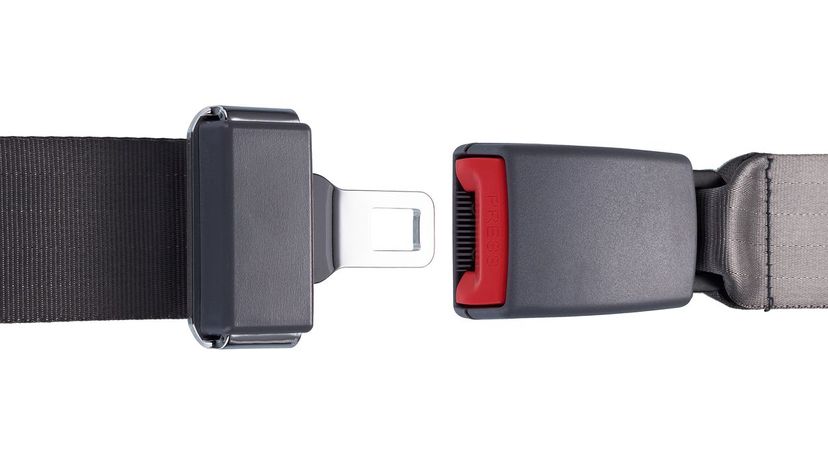
Every single car part mentioned in this quiz is vital in one way or another, but none is more important than the mighty seat belt. This simple strap and buckle are responsible for saving millions of lives, with that number climbing every single day. A person not wearing a safety belt is 30 times more likely to be ejected in a collision, and three out of four who are ejected die from their injuries. There is absolutely no reason not to click it!